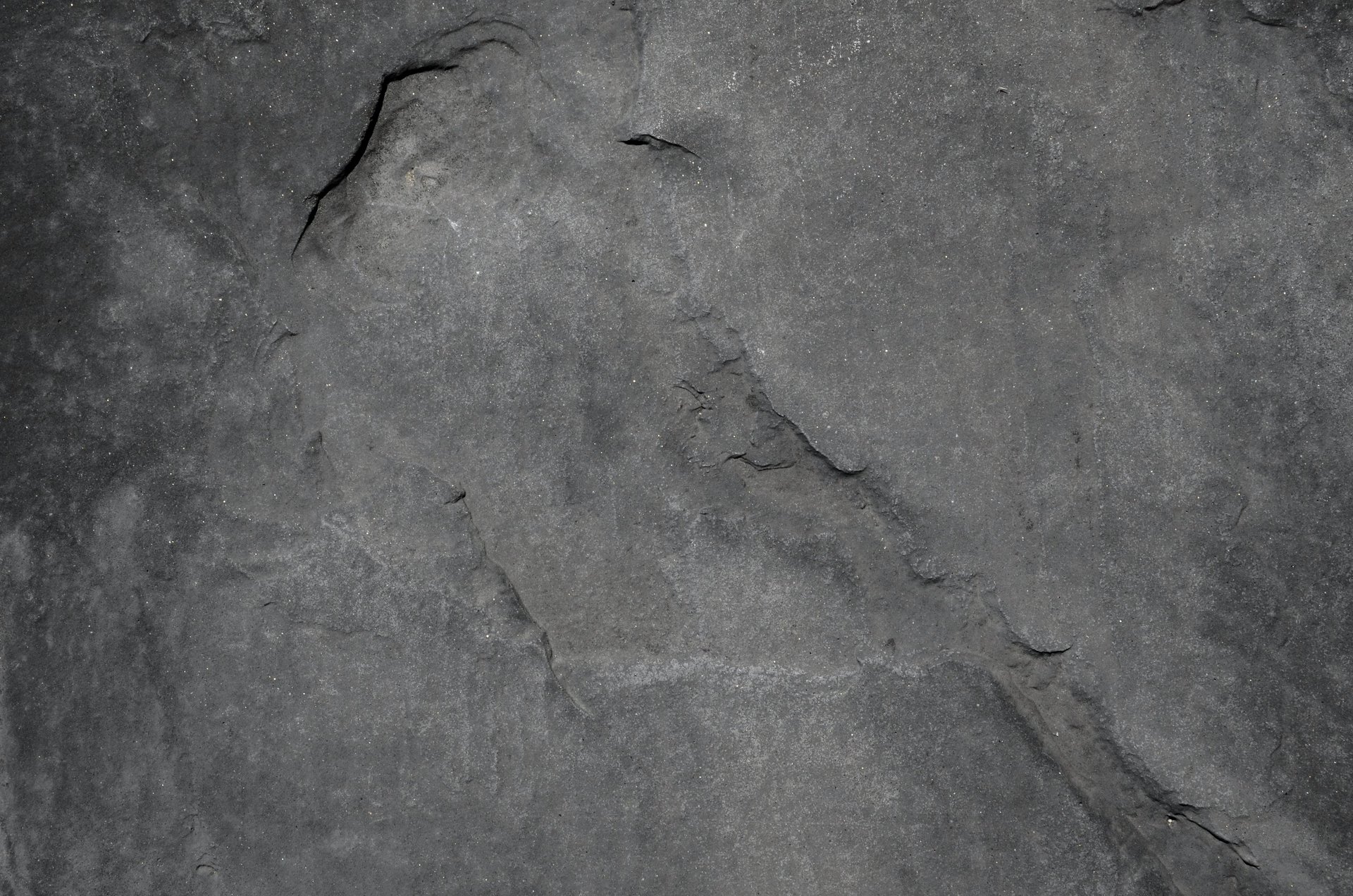The Role of Circular Economy in Carbon Reduction Strategies
3/6/20251 min read


The Concept of Circular Economy
The circular economy is a model that prioritizes sustainability, focusing on maintaining resources within the economy for as long as possible. Unlike the conventional linear economy, which follows a 'take-make-dispose' pattern, the circular economy aims to minimize waste and make the most of resources. By doing so, it aligns closely with carbon reduction strategies aimed at mitigating climate change and promoting environmental stewardship.
Effects on Carbon Emissions
Implementing circular economy principles can significantly lower carbon footprints across various sectors. For instance, the recycling of materials reduces the need for new raw materials, which often involves energy-intensive processes that contribute to greenhouse gas emissions. Additionally, businesses adopting these practices can improve their energy efficiency through innovative processes, driving down their overall emissions. In essence, a circular economy not only creates a more sustainable consumption model but also plays a crucial role in reducing carbon emissions at a systemic level.
Challenges and Opportunities
While the potential benefits of integrating circular economy practices in carbon reduction strategies are numerous, several challenges remain. Organizations may face initial costs when transitioning from a linear model, and there can be resistance to change in entrenched industries. However, these challenges also present opportunities for innovation. By investing in new technologies and processes, businesses can drive down costs in the long run and create competitive advantages. Furthermore, policies supporting circular practices can pave the way for systemic change across industries, accelerating progress towards carbon reduction and fostering economic growth.

Ready to drive sustainability impact?
Guiding your transition to net-zero emissions.
Consulting
Beech Avenue 54-62, Schiphol, 1119 PW, Amsterdam, Netherlands
Tel: +264 61 255 559
Cell: +33 7 85 29 48 33
© 2025. Scope Zero Advisory | All rights reserved.
